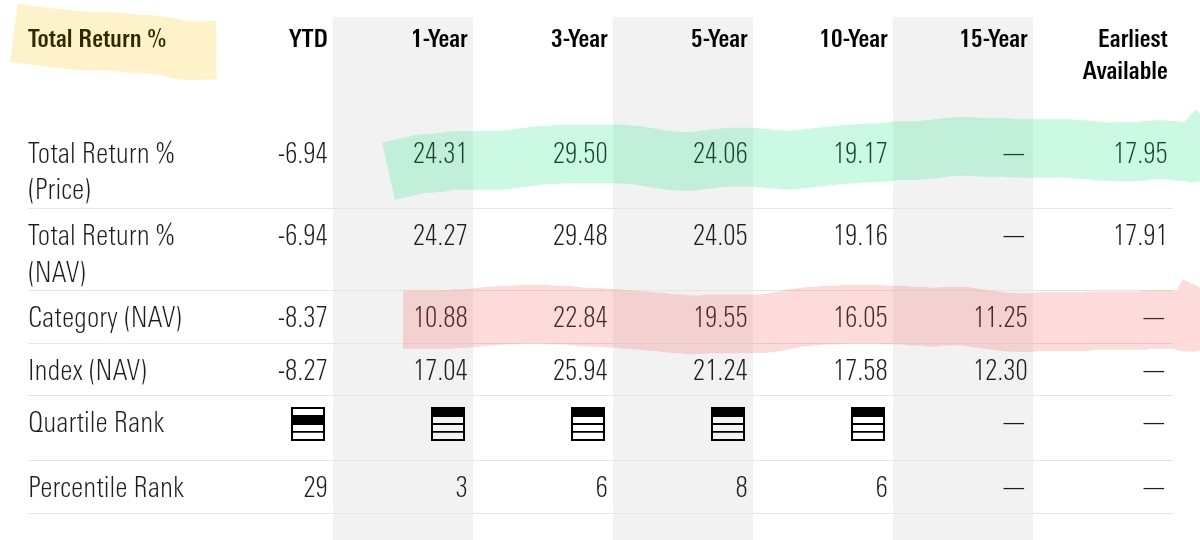How much one needs to save in retirement portfolio to retire comfortably in early sixties age
Wondering as how much one needs to save in retirement portfolio to retire comfortably starting with one's early sixties (say at 62 age) for next 25-30 years of joint longevity and be lucky enough to survive extreme uncertain period such as 2000-2010 lost decade (with two major crashes resulting in virtually zero compounding)?
Needless to say, it all depends on household's ongoing expenses during retirement.
If one retires at 62, one can collect reduced social security pension (say 75% of full 67 age benefit). Non-working spouse can also collect half amount as spousal benefit at 62. Combined household reduced benefit could be around 25K to 30K a year for professional workers like us.
If household's annual expenses, including medicare/affordable-care health insurance co-premiums/copays (typically 5-6K annually for retired household for routine care) are in 60K range, then perhaps one needs additional income of 30K to 35K beyond social security pension.
If one has retirement portfolio worth 22 times of such remaining expenses, then such portfolio could safely last for 30 years (late 80s to early 90s age). This is based on assumption that we keep increasing withdrawal amount each year to catch up with inflation. With above example of 30K remaining expenses, one needs 22 x 30K = 660K in retirement portfolio. This calculation is based on return from recommended 55/45 stock/bond allocation.
Above 22 times of expenses rule is based on widely used 1994 study by well regarded researcher William Bengen recommending 4.5% of portfolio as initial withdrawal and then increasing withdrawal each year with inflation.
This withdrawal approach works even if there is crash (such as one in 2001 & 2008) within couple of years after one retires. One can continue withdrawing planned amount based on original balance even though portfolio is suddenly down by 40% (say due to severe crash) from original balance .
Seminal Bengen's 1994 retirement withdrawal study is back tested for last 50 years and so includes 30 years of 1969-1999 period of sky high inflation.
In essence, one begins initial (first year) absolute dollar amount based on 4.5% of initial portfolio asset value. Thereafter one keeps increasing absolute amount by adjusting for inflation (without any regard to current asset value at that time). So 4.5% number is to be used only for first time. Thereafter we keep readjusting withdrawal amount with COLA for each subsequent year. Basically, this is exactly how it works for social security benefits (with initial benefit dollar being readjusted each year with COLA).
Similar to social security annuity, amount in Bengen's retirement portfolio withdrawal strategy is adjusted every year based on ongoing inflation. That's why it starts with low 4.5% as initial withdrawal.
Source: William Bengen’s seminal study in the October 1994 Journal of Financial Planning, “Determining Withdrawal Rates Using Historical Data - http://www.retailinvestor.org/pdf/Bengen1.pdf

Comments
Post a Comment